Introduction
In today’s competitive market, businesses face an overwhelming amount of data, customer inquiries, and potential leads. While lead generation is essential for attracting prospects, it’s only half the battle. Lead optimization is what transforms those leads into sales. By refining the way you handle and convert your leads, you can drastically improve your sales pipeline, leading to higher conversions, better customer relationships, and ultimately, increased revenue. In this article we will explore the top lead optimization techniques to transform your sales pipeline.
What is Lead Optimization?
Lead optimization refers to the strategic process of refining how you capture, qualify, nurture, and convert leads. It involves ensuring that only the highest-quality leads are funneled through your sales pipeline, saving time and resources. The goal is to turn more of these leads into loyal customers while maximizing efficiency and profitability.
Why Lead Optimization is Crucial for Your Sales Pipeline
You might be generating hundreds or even thousands of leads, but if they aren’t converting into sales, you’re wasting resources. Optimizing your leads ensures that you’re focusing on prospects with the highest potential. This can lead to:
- Higher conversion rates.
- Better use of sales team efforts.
- Increased return on investment (ROI).
Understanding the Sales Pipeline
The sales pipeline is the structured process through which leads pass from initial contact to closing a sale. It typically includes stages such as prospecting, lead qualification, proposal, negotiation, and closure. When lead optimization is applied, each stage of the pipeline becomes more efficient.
Key Metrics to Monitor in Lead Optimization
To effectively optimize leads, it’s essential to track the right metrics. Some key performance indicators (KPIs) include:
- Conversion Rate: The percentage of leads that progresses from one stage to the next.
- Lead Quality Score: A numerical value assigned to each lead based on their likelihood to convert.
- Cost Per Lead (CPL): The total marketing and sales spend divided by the number of leads generated.
Lead Scoring and Qualification
Lead scoring is the process of assigning points to leads based on predefined criteria such as engagement level, company size, and budget. This helps your team prioritize which leads to focus on. A high lead score indicates a greater likelihood of conversion, ensuring your team invests time wisely.
Optimizing Lead Capture Forms
Lead capture forms are the gateways for turning website visitors into leads. To optimize these forms:
- Keep them short and simple.
- Use clear, compelling calls-to-action (CTAs).
- Offer incentives such as eBooks or discounts in exchange for information.
- Test different layouts and form fields to determine which converts best.
Also Read : Why Your Business Needs Lead Optimization: A Comprehensive Guide
Personalization and Segmentation for Lead Optimization
Today’s customers expect personalized experiences. By segmenting your audience based on factors such as demographics, behaviors, and engagement, you can deliver tailored content that resonates with each lead. Personalization increases the chances of conversion by making your leads feel understood and valued.
Nurturing Leads with Email Campaigns
Email nurturing is an effective way to keep your leads engaged over time. By sending personalized, relevant content, you can guide your prospects further down the sales funnel. Consider using drip campaigns, which send automated, sequenced emails based on user actions, such as downloading an eBook or clicking a CTA.
Using CRM Tools to Enhance Lead Optimization
Customer Relationship Management (CRM) systems are essential for tracking and optimizing your leads. They help you:
- Store and organize lead information.
- Track interactions and engagement.
- Automate repetitive tasks like follow-up emails. Top CRM tools such as Salesforce, HubSpot, and Zoho CRM are widely used by businesses to streamline lead optimization efforts.
Synchronizing Sales and Marketing Teams for Better Lead Management
One of the biggest challenges businesses face is the lack of synchronization between sales and marketing teams. When these teams work in harmony, leads are better nurtured, tracked, and converted. Consider holding regular meetings, sharing data, and setting mutual goals to ensure everyone is on the same page.
Automation in Lead Optimization
Automation tools can significantly enhance lead optimization efforts. By automating tasks like lead scoring, email nurturing, and data entry, your sales team can focus on higher-value activities such as closing deals. Popular automation tools include Marketo, Pardot, and Active Campaign.
Measuring and Analyzing Lead Performance
Regularly analyzing the performance of your leads is crucial for ongoing optimization. Track metrics like lead engagement, conversion rates, and pipeline velocity to identify areas for improvement. By continuously refining your approach, you can maximize your lead-to-sale ratio.
Common Lead Optimization Mistakes to Avoid
While optimizing leads, avoid these common pitfalls:
- Neglecting lead nurturing.
- Focusing solely on quantity instead of quality.
- Poor communication between sales and marketing teams.
- Failing to regularly update and refine lead scoring criteria.
Conclusion
Optimizing your leads is a vital process that can transform your sales pipeline from average to extraordinary. By refining your lead capture, nurturing, and conversion strategies, you can maximize your sales potential. Start applying these techniques today, and watch your sales figures soar.
Also Read : How Geo Analytics Can Improve Customer Retention
FAQs
1. What is the difference between lead optimization and lead generation?
Lead generation focuses on attracting new prospects, while lead optimization ensures that those leads are nurtured and converted efficiently into customers.
2. How often should I analyze my sales pipeline?
It’s recommended to review your sales pipeline at least monthly to ensure continuous optimization and performance tracking.
3. Can automation replace human involvement in lead optimization?
While automation can handle repetitive tasks, human involvement is still essential for personalizing interactions and building relationships.
4. What tools are best for lead scoring?
Popular tools for lead scoring include HubSpot, Salesforce, and Marketo.
5. How can small businesses benefit from lead optimization?
Small businesses can benefit by increasing efficiency, improving conversion rates, and making the most of limited resources.


